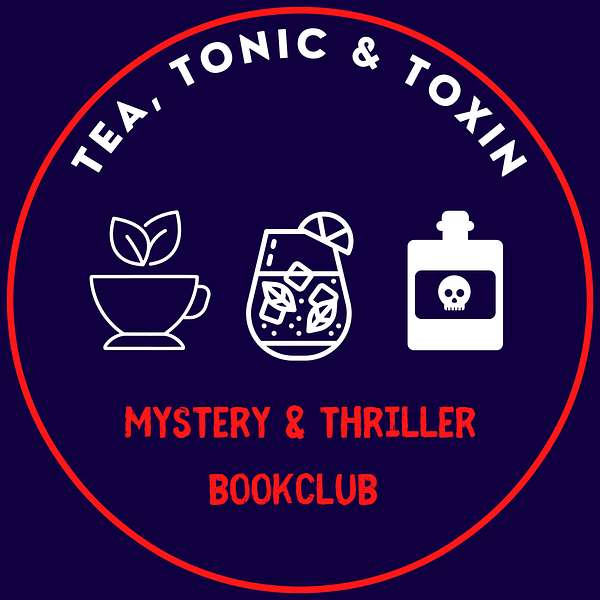
Tea, Tonic & Toxin
Tea, Tonic & Toxin
The Innocence of Father Brown, Part 1
The Innocence of Father Brown (1911) is G. K. Chesterton’s first collection of short stories featuring Father Brown, a nondescript Catholic priest who solves crimes using intuition and by tapping into spiritual and philosophic truths rather than scientific details. The stories are clever, thoughtful, and lovely.
Meet our first guest, Deb Donner. She's a bookaholic. Reading is her escape but it's also her inspiration and my therapy. Her current favorite genre is Memoir; She loves to hear the stories of other people. Everyone has a unique life story. Her story is how she survived and escaped a religious cult. Her mother joined when I was 12. She escaped when she was 19. She writes about that experience and finds it more healing than therapy.
She also enjoy crafting and her latest joy is slow stitching little bits of fabric together into various fabric stories.
social media is:
@debdonner62, where she shares her crafty fun,
@letstalkcults, where she shares her story of being trapped in a cult.
How to Read It: Buy it on Amazon, buy a used copy, or read it for free, courtesy of Project Gutenberg.
Estimated Reading Time: 5 hours
Share your thoughts and check out the conversation starters below!
Here are some conversation starters and questions that got us thinking. We hope they’ll get you thinking, too! We invite you to be part of the conversation. You can share your thoughts using the form below!
The fantastic tales in The Innocence of Father Brown mix fantasy, humor, and horror and push the bounds of reality. Were you able to suspend disbelief? Did the stories seem contrived? Thoughtful? Charming?
Father Brown has brown hair. He’s featureless, inconspicuous, shabby, clumsy, self-effacing, and expressionless, his “eyes as empty as the North Sea.” In “The Blue Cross,” he’s very naïve. Does he evolve as a character in the stories? In what ways?
Father Brown has great spiritual intuition and the “kind of head that cannot help asking questions.” In “The Secret Garden,” he says, “Will God give me strength? Will my brain make the one jump and see all?” He observes details missed by others and is skilled in the art of deduction. He “put two and two together and made four million” (”The Queer Feet”). In what ways is he similar to Sherlock Holmes? In what ways is he different?
In The Innocence of Father Brown, Father Brown gets inside the criminal’s mind and empathizes with his evil motives. In “The Sign of the Broken Sword,” the world thinks Sir Arthur St. Clare was brave and heroic, but he was really a traitor who sent 800 men to their death to cover up a murder he had committed. Father Brown says, “I can’t prove it, but I can do more—I can see it.”
What surprised you most about Father Brown? Have you known people who seemed on the surface to be one thing and turned out to be something else altogether?
In “The Queer Feet,” the narrator says it is “unlikely that you will ever rise high enough in the social world to find ‘The Twelve True Fishermen’ or that you will ever sink low enough among slums and criminals to find Father Brown.” In “The Flying Stars,” Father Brown is asked what he would “call a man who wants to embrace the chimney-sweep?” Father Brown’s reply: “A saint.” Where do Father Brown’s (and Chesterton’s) sympathies lie in The Innocence of Father Brown?
In what ways did the stories’ C
https://www.instagram.com/teatonicandtoxin/
https://www.facebook.com/teatonicandtoxin
https://www.teatonicandtoxin.com
Stay mysterious...